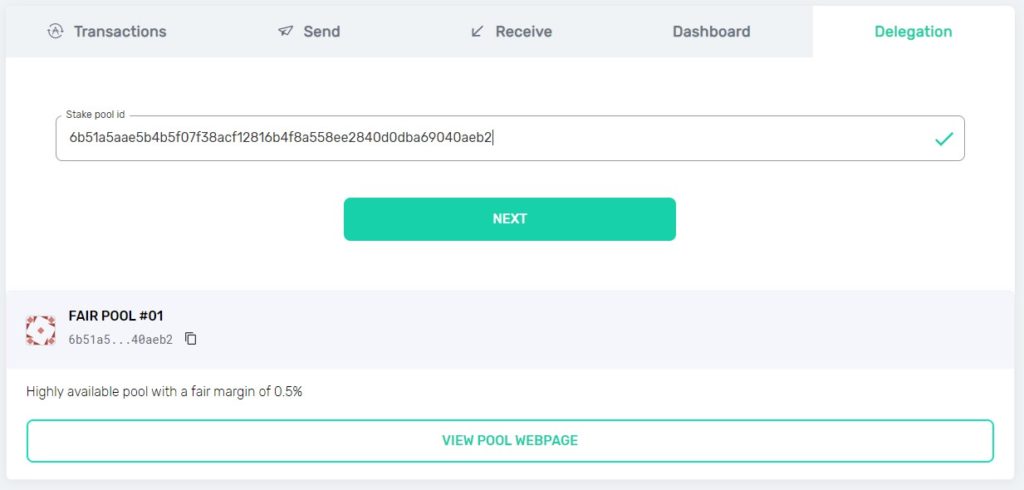Hey people,
Want to give you a short update here:
I recently updated the pledge of the pool from 10k to 15k. In the upcoming months, I will regularly update the pledge to be prepared when the parameter a0 gets increased. This parameter reduces the rewards of the pool when its pledge is too low. It should incentivize SPOs to pledge more ADA to their pool, thus making it more reliable and the network more stable. Currently, the a0 parameter is quite low and therefore not much pledge is needed to avoid reduced rewards. As you will see in a moment, this pool offers a very good ROS despite having (in comparison) not a very high pledge, which is currently no problem.
As the first few epochs are over now and we have some data about the current ROS of the pool I wrote together the data of different explorers:
| Explorer | ROS Epoch 212 | ROS Epoch 213 |
| adapools.org | 5.37% | 8.53% |
| cardanoscan.io | 5.26% | 8.279% |
| pooltool.io | 5.26% | 8.279% |
As you can see Cardanoscan and Pooltool are showing the same ROS and as to my calculation this ROS is the correct one. I am very happy that we have performed so well so far and are generating very good rewards. Another piece of good news, the rewards for Era 214 will also be very good because statistically, the pool has produced more blocks than expected. It is estimated that Era 214 will produce about 7.9% ROS.
If we now take a brief look at the current epoch 215, we see that we have already produced 3 blocks. This means that we again have an overperformance and the rewards for 215 will be above average. Since the epoch is not over yet, it can only get better.
A nice development is also the number of delegators in this pool. We see a constant increase and currently there are 93 people delegating to this pool. If we compare this value with other pools with a similar stake, we see that we have an above-average number of people. I see this as a very good thing because we are not as dependent on large individual sums as other pools. On the other hand, I would love to welcome a whale here, as it will give us another nice boost in stake, which will definitely support the block production. So far you can see that the ROS is worth delegating to smaller pools and it has hardly any advantages in this regard to support the big players.
I would like to thank everyone here for delegating to this pool. If you have any questions, suggestions or ideas for improvement please do not hesitate to contact me. I have also created a telegram group where you can meet not only me but also other people who delegate to this pool. I would be very happy to welcome you there.

























